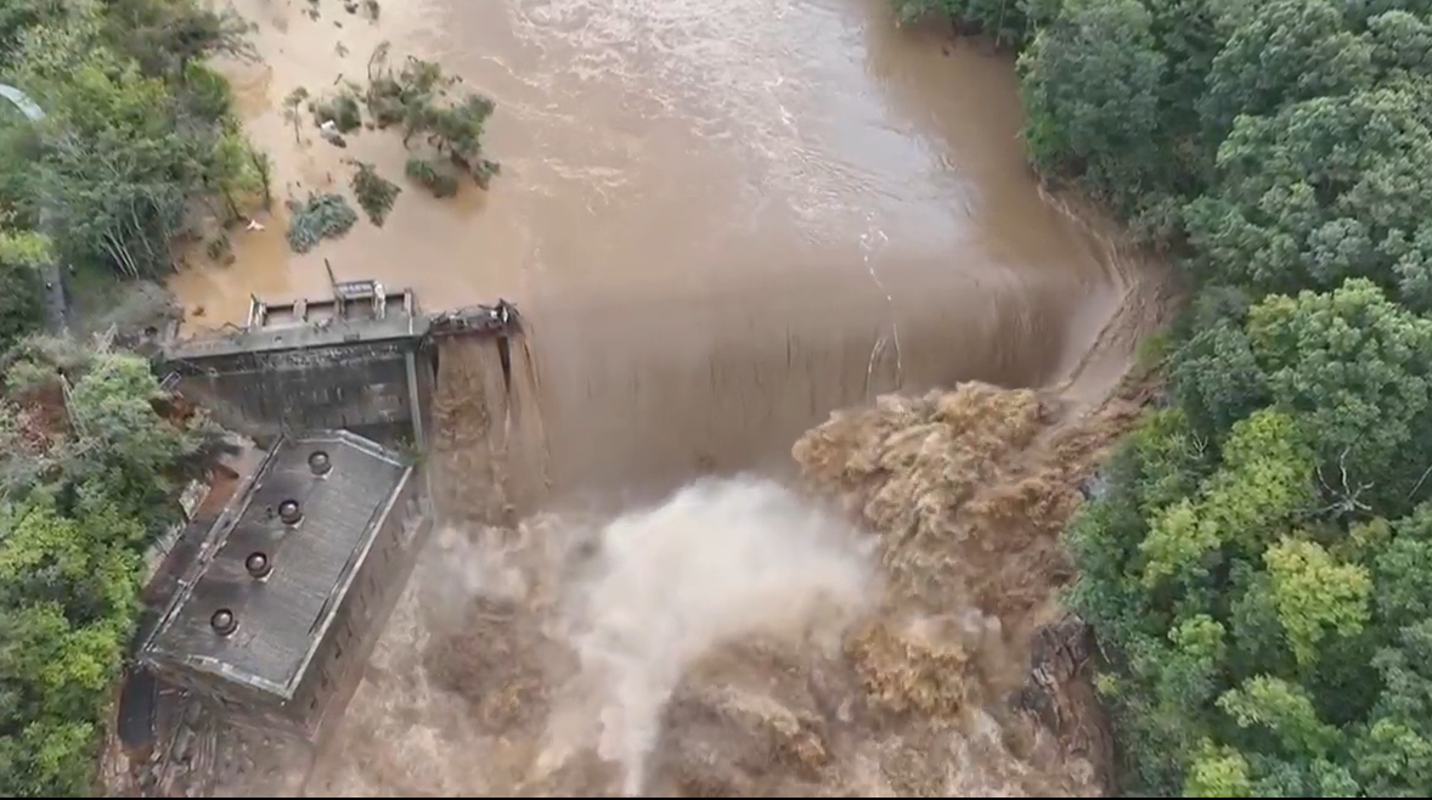The confirmed death toll from Hurricane Helene has risen to at least 53 as of Saturday, and officials warn that the number is expected to increase as search efforts continue. The powerful storm, which made landfall near Perry, Florida, as a Category 4 hurricane on Thursday night, left a trail of destruction across multiple states. Rescue teams are going door to door in Florida as the remnants of the storm continue to bring heavy rain and storms to Georgia, the Carolinas, and beyond.
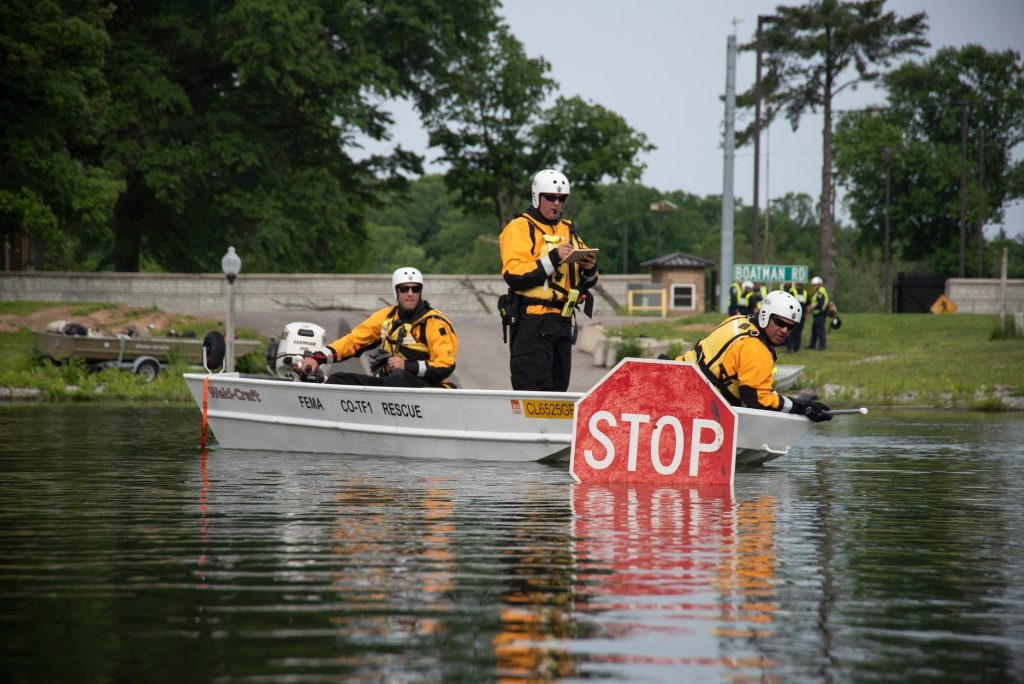
Search and Rescue Efforts Ongoing
In Florida, North Carolina, and Tennessee, rescue operations are in full swing. Many of the confirmed fatalities occurred in Florida, where fallen trees and collapsing homes have claimed lives. In coastal areas, search teams have found bodies in homes where residents had retreated to their attics to escape the rising storm surge. Search and rescue efforts are particularly concentrated in Lee County, which is transitioning into recovery mode after suffering significant impacts from Hurricane Helene.
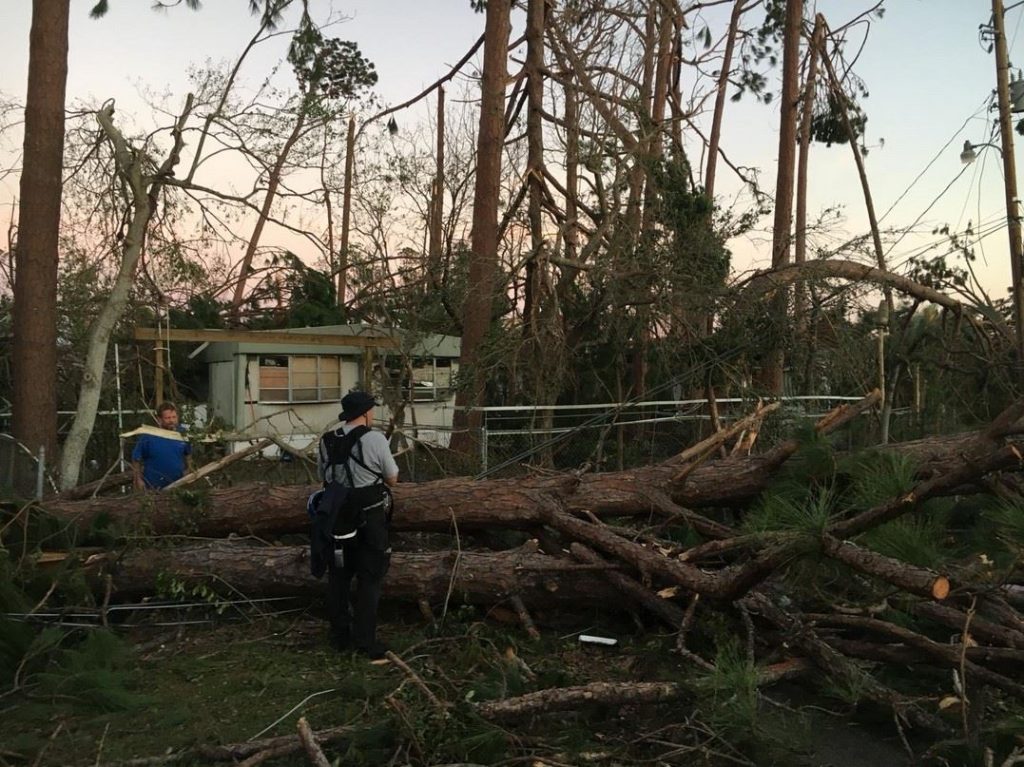
Lee County Recovery and Flooding Concerns
Lee County, which encompasses heavily affected areas like Fort Myers Beach, downtown Fort Myers, Cape Coral, Sanibel, Pine Island, and Matlacha, experienced significant storm surges and flooding. Local authorities are working to assess the widespread damage, which includes power outages and infrastructure failures. Reporters and photographers on the ground are providing continuous updates on the flooding, damage assessments, and power restoration efforts.
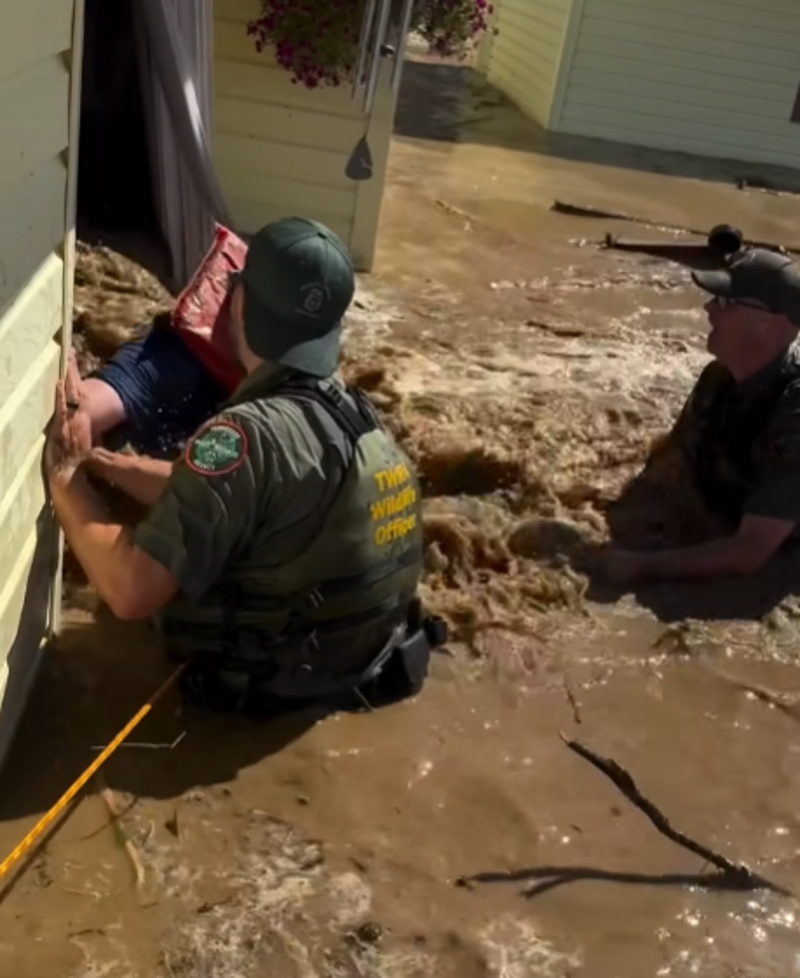
The county has shifted to recovery mode, but the situation remains fluid, with new reports of damage and flooding emerging from different locations. Emergency responders continue to focus on providing aid and essential services to displaced residents, while utility workers are working to restore power to thousands of homes and businesses still in the dark.
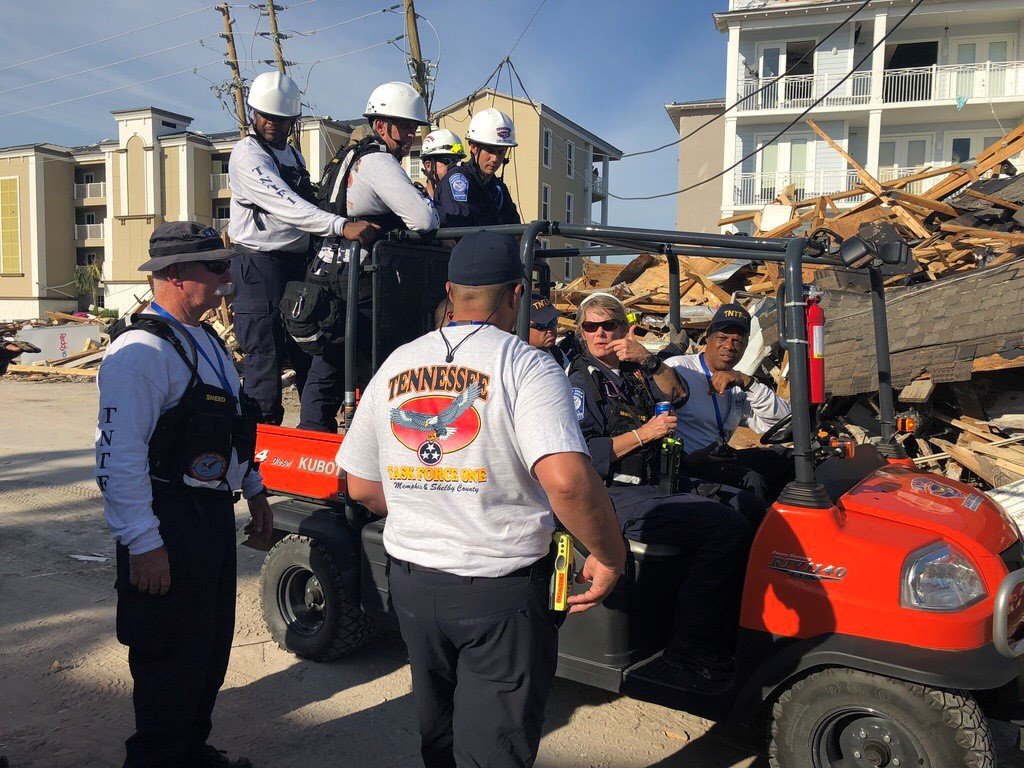
Rising Flood Threats in Tennessee
Meanwhile, in eastern Tennessee, residents downstream of the Nolichucky Dam have been ordered to evacuate immediately. The dam sustained cracks and is at risk of failure following heavy rainfall from Helene. The United States Geological Survey (USGS) reported that the Nolichucky River is now 17 feet above its pre-storm level, raising concerns about a potential dam failure that could lead to catastrophic flooding. Authorities are closely monitoring the situation, but the risk to downstream communities remains high.

Widespread Destruction and Ongoing Risks
At least 53 people have died across five states, with most fatalities occurring in Florida. Many deaths have been attributed to falling trees, while others resulted from storm surge and flooding. As of Saturday, search and rescue operations are ongoing in the hardest-hit areas, with many residents still unaccounted for, particularly in rural and coastal regions.

In Lee County and other areas along Florida’s coast, emergency services are racing against time to restore power and clear roads blocked by debris. The flooding in certain areas remains severe, and residents are being advised to avoid returning to their homes until it is deemed safe by authorities.
A Developing Story
This continues to be a developing story, with new updates emerging from the ground. Local reporters are covering the ongoing recovery efforts in Lee County, providing residents with critical information about flooding, damage, and power outages. As officials work to assess the full scale of the damage and continue search efforts, the death toll from Hurricane Helene is expected to rise.
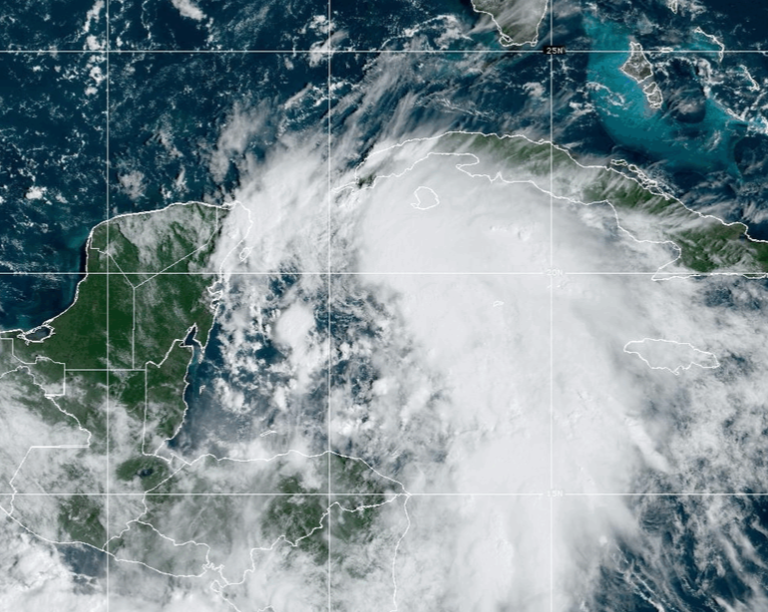
Recovery from Hurricane Helene will likely take months, with early damage estimates already reaching into the billions of dollars. The focus remains on search and rescue operations, but the long-term recovery efforts will require a coordinated response across state and federal agencies.

